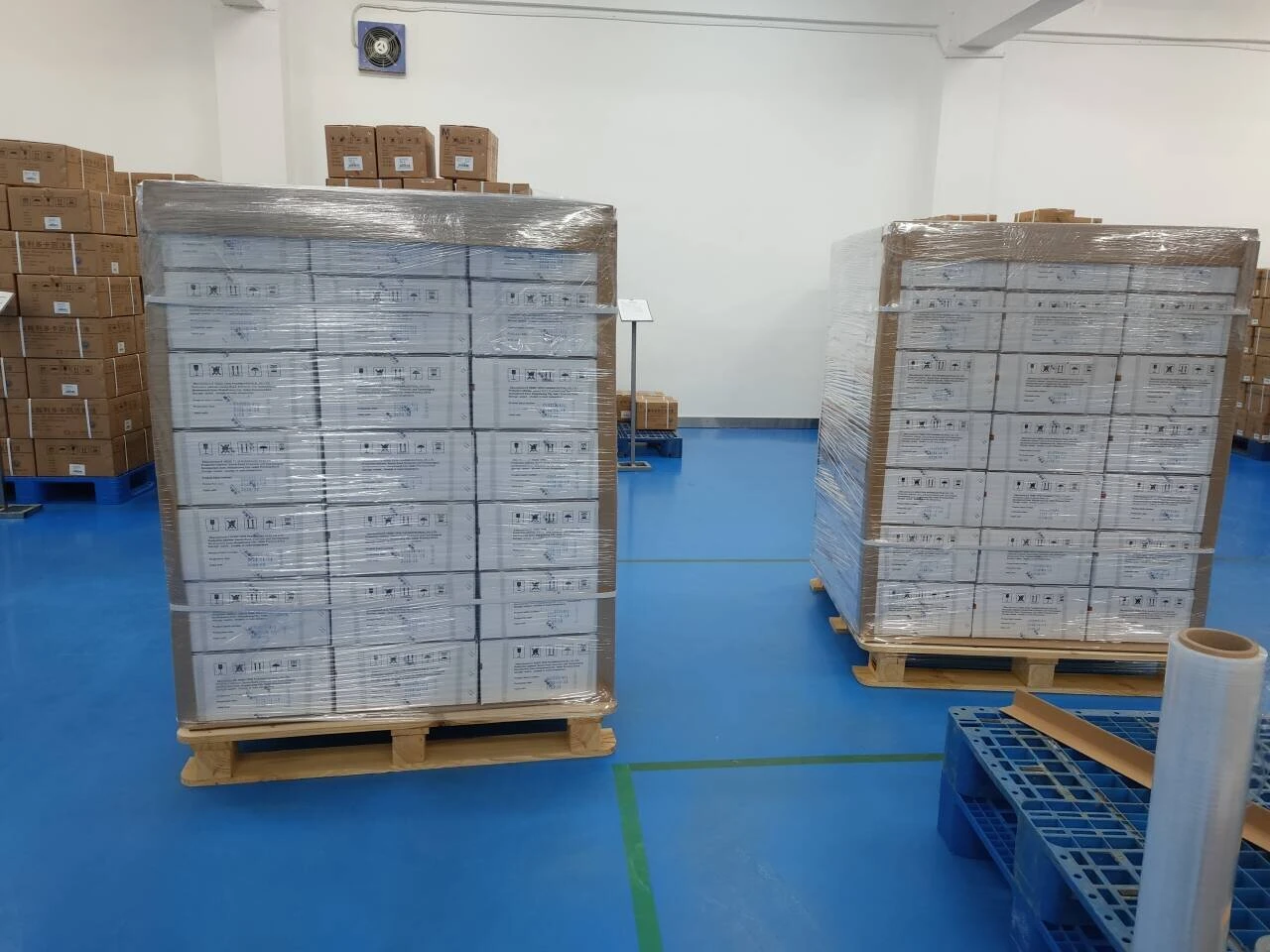Understanding Plastic Fillers and Additives
Plastics are ubiquitous in today’s world, serving a myriad of applications ranging from packaging to automotive components. The versatility and durability of plastic make it a preferred choice for manufacturers; however, to enhance its properties, we often incorporate fillers and additives into plastic formulations. This article delves into the types of fillers and additives, their functions, and the impact they have on the overall performance of plastics.
What Are Plastic Fillers?
Plastic fillers are materials added to plastic formulations to modify specific physical properties such as strength, weight, and cost. They can be organic or inorganic and play a crucial role in enhancing the performance of the final product. Common types of fillers include
1. Calcium Carbonate Often used in polyolefins, it enhances stiffness and impact resistance while reducing production costs. 2. Talc This mineral is used primarily in polypropylene and polyethylene to improve thermal and dimensional stability.
3. Glass Fibers Available in chopped or continuous forms, glass fibers significantly increase the strength and rigidity of plastic parts. They are commonly used in automotive and construction applications.
4. Wood Flour A natural filler that provides aesthetic appeal and is environmentally friendly. It is often found in composite materials for outdoor furniture.
By incorporating these fillers, manufacturers can produce lightweight yet robust materials, optimizing resource use and lowering overall costs. However, the choice of filler must align with the intended application, balancing performance with cost-effectiveness.
Role of Additives
Additives are substances that are added to plastics to impart specific attributes or functionalities. Unlike fillers, which primarily serve to bulk up the product, additives enhance the physical and chemical properties. The categories of additives include
plastic fillers and additives

1. Stabilizers These are crucial for enhancing the thermal and UV stability of plastics. For instance, UV stabilizers protect against degradation caused by sunlight, making them essential for outdoor applications.
2. Plasticizers These substances are added to increase the flexibility and workability of plastics. Commonly used in polyvinyl chloride (PVC), plasticizers allow for the manufacturing of softer and more pliable materials.
3. Flame Retardants These additives reduce the flammability of materials, making them safer for applications such as electronics and construction. For example, brominated flame retardants are often infused into plastics used in electric devices.
4. Antioxidants These prevent oxidation and degradation of plastic products over time, ensuring longevity and maintaining the integrity of the material.
5. Pigments and Dyes These are used for coloring plastics, allowing for creative branding and differentiation in the market.
Balancing Benefits and Environmental Impact
While fillers and additives greatly enhance the functionality of plastics, they also raise environmental concerns. Some additives, particularly certain plasticizers and flame retardants, have been associated with health risks. Consequently, there is a growing trend towards the development of greener alternatives and sustainable practices.
Manufacturers are increasingly adopting bio-based fillers and additives derived from renewable sources. These materials not only reduce reliance on fossil fuels but also enhance the biodegradability of plastic products. For instance, natural fibers such as hemp and kenaf are being explored as eco-friendly alternatives to synthetic glass fibers.
Conclusion
Plastic fillers and additives are indispensable components in the production of functional plastics. They provide the necessary enhancements to improve performance across a wide range of applications, from industrial to consumer goods. However, as sustainability becomes a prominent concern, the future lies in the responsible use and development of innovative materials that minimize environmental impact while maintaining the performance characteristics that make plastics so valuable. By navigating this balance, manufacturers can continue to meet consumer demands while protecting the planet for future generations.

